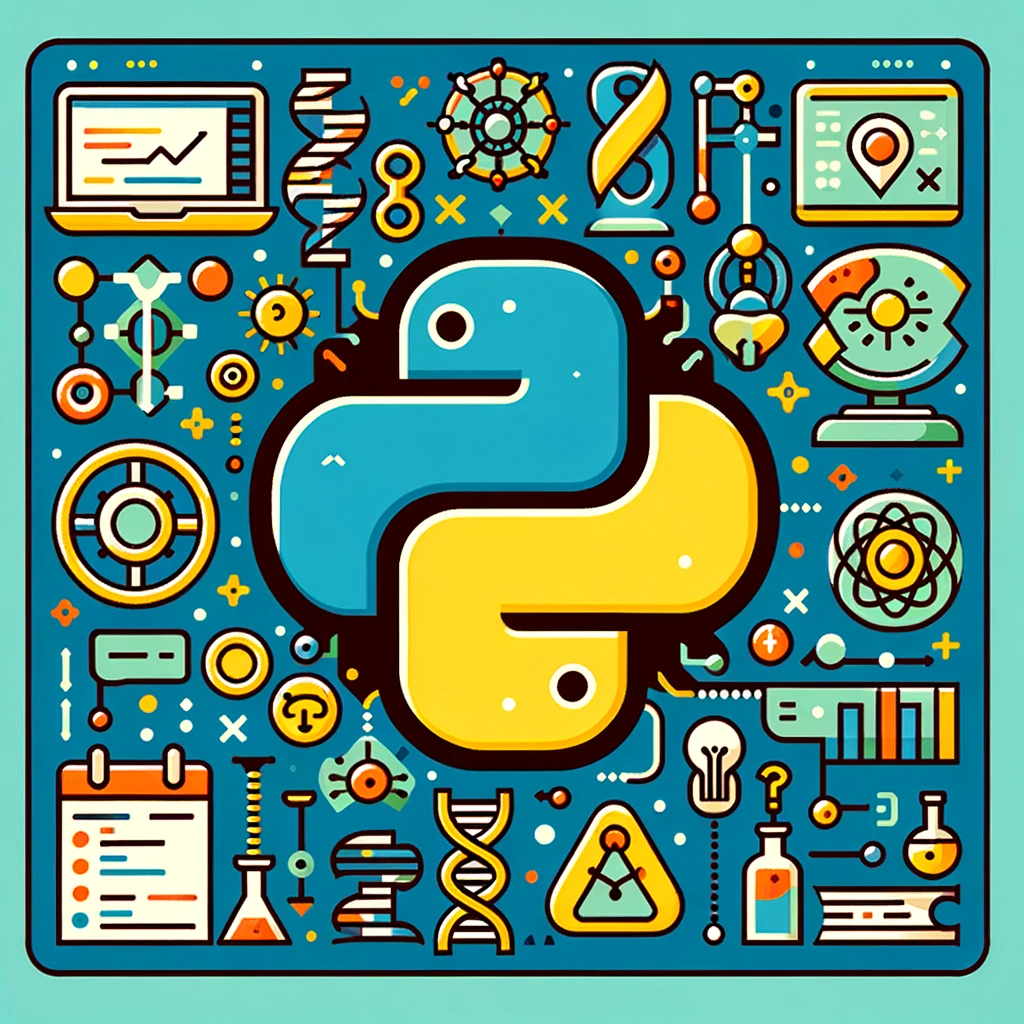Exploring Polymorphism in Python

Polymorphism in Python
Polymorphism, a core concept in object-oriented programming, allows different classes to use the same method name but behave differently. In Python, this is effortlessly achieved due to its dynamic typing.
Types of Polymorphism
Duck Typing: Python’s approach to polymorphism, focusing on the methods an object defines rather than its type. If an object has a method, it can be used, regardless of the class.
Method Overriding: Child classes can redefine methods of their parent classes, providing specific implementations.
Operator Overloading: Customizing operator behaviors (like +, -, *) by defining special methods (
__add__,__sub__, etc.) in classes.
Polymorphism in Action: A Python Example
class Dog:
def speak(self):
return "Woof!"
class Cat:
def speak(self):
return "Meow!"
def pet_speak(pet):
print(pet.speak())
# Using the polymorphic function `pet_speak`
dog = Dog()
cat = Cat()
pet_speak(dog) # Outputs: Woof!
pet_speak(cat) # Outputs: Meow!In this example, pet_speak is polymorphic, working with any object having a speak method.
Best Practices for Python Polymorphism
- Duck Typing: Use it for flexibility but keep your code clear and maintainable.
- Inheritance: Create a clear class hierarchy for effective polymorphic behavior.
- Documentation: Ensure methods, especially those for overriding, are well-documented.
- Operator Overloading: Use it judiciously to maintain code readability.
Conclusion
Polymorphism in Python facilitates writing flexible and reusable code, adhering to principles of clean programming.